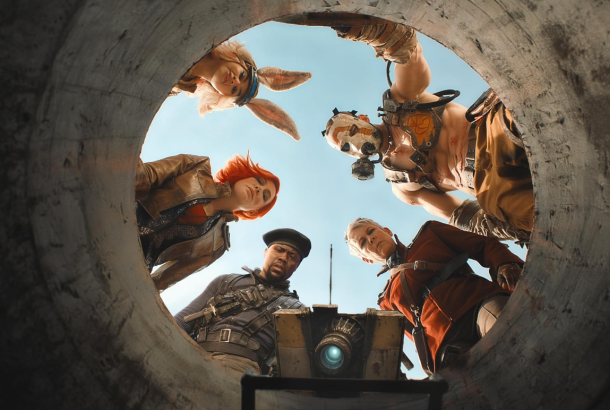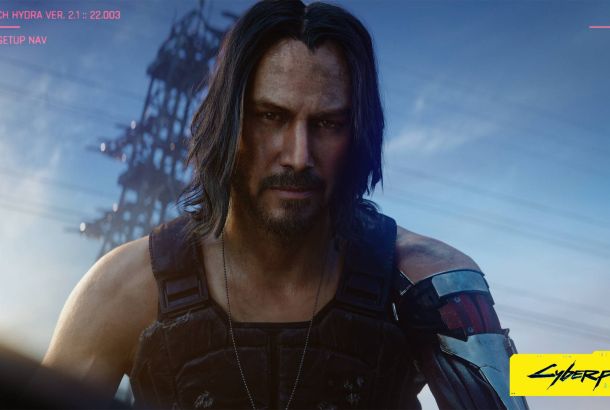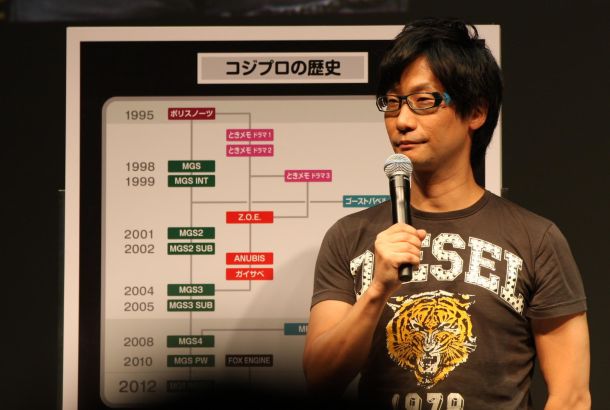Rayman 2: The Great Escape – Retro Review
By Josh Goldie
Ubisoft has recently been taking Rayman back to his platforming roots with Rayman: Origins and Rayman Legends. These games are 2D platformers much like the original Mario games and, much like Mario, Rayman also took a step into the 3D realm on the Nintendo 64. Rayman 2: The Great Escape was not Ubisoft’s first attempt at a 3D game but you can tell that they were really trying to experiment in this title. Sometimes these experiments pay off and sometimes they fail miserably.
In this game, the evil robot-pirate Admiral Razorbeard is imprisoning all of the inhabitants of the world. This includes Rayman who starts off this game in prison with his powers stripped from him. It is not until Rayman’s friend Globox gets captured that Rayman has a chance to escape. Why? Because Globox has brought with him a silver Lum from the fairy Ly which gives Rayman just a bit of his power back. It is in Rayman 2 that Ubisoft decided to dive deeper into the lore of the Rayman world, and many of the characters found in this game will reappear in later Rayman games.
Now, Rayman 2 is a 3D platformer and because of this it has many tropes that you expect from 3D platformers at this time. The core gameplay of Rayman 2 has you running through each level in a mostly linear fashion while collecting golden lums and rescuing freedom fighters from cages. Lums are a necessity to unlock the later levels, but the caged people are just there as collectibles (except for a few that must be got).
Getting all of the lums and breaking all of the cages gives you a bonus mini-game at the end of each level that can get Rayman more life or a power-up. These bonus levels are the worst thing in this game; they have you rapidly tapping A+B on the controllers consecutively in order to race a pirate to the end of the level and it is impossible. Add to the fact that every one of these levels is the same and you have the most unlovable mini-game I have ever played. It made me not want to care about collecting everything—a real first for me.
Photo: Ubisoft entertainment S.A.Rayman 2 as a platformer works really well at times and then other times it really doesn’t. Rayman can climb, hover, jump and punch enemies which will all come in handy throughout the adventure; but just once or twice did I find myself messing up because of something out of my control. Occasionally Rayman will not grab a wall or ledge and fall straight to his death; you must be precise. Jumping too can be a pain because if you are not moving fast enough Rayman will not jump far at all. You notice this in the racing stages as you run and jump a lot, while combat is fine, though very uncommon. In Rayman 2 every enemy feels like a sub-boss and requires a lot of punching and dodging. The camera and misjudging jumps are occasional problems in this game although this is nothing uncommon for a 3D platformer.
In order not to become stale, Rayman 2 throws new things at you in almost every level, whether they are puzzles to solve or an item to ride. An example of a good mechanic is the bouncing fruit that appeared in the first game. Here, it functions much in the same way: To cross surfaces that would otherwise kill you and to reach higher ground. Another example of a gimmick that works is, surprisingly, the underwater sections. One level has you following a whale and having to swim through his rings in order to get oxygen. This mechanic works fairly well and they manage to add to it without causing frustration.
So what doesn’t work? The rocket sections. Throughout the game you have sections where you ride on a missile with legs. You are given very little control except the ability to speed up and sometimes jump off. Most of these sections are fine but I did find the game bugging out once or twice due to the games physics. However, when they added flying to the mix it became horrible. You have very little control over a rocket that will always accelerate and blows up on the slightest touch.
Warning: There will be spoilers until the end of this paragraph so skip this if you do not want to know. I did not expect every idea that Ubisoft has to work in this game but this one in particular is horribly frustrating for one big reason. This is how you fight the final boss. The final boss is already hard enough in this game but you are given very little room to manoeuvre, you can only attack on certain points, and you will die in one hit. This rocket riding section just did not work and so the fact you have to do it while fighting the final boss is infuriating.
Overall I did enjoy my time with Rayman 2. It has a lot of character and is fairly enjoyable. It tries to change up each level so that the player is never bored and this does work for the most part. However when it does not work it really causes this game to suffer. Ubisoft were obviously very ambitious with this game and must refer to it as a success, as it has been ported multiple times. I played the Nintendo 64 version of this game, the original version, and since then this game has been ported to all the other competition and was also remade on both DS and 3DS. It is an OK game but I strongly feel Rayman should stick to the 2D realm as shown in Rayman Legends.







